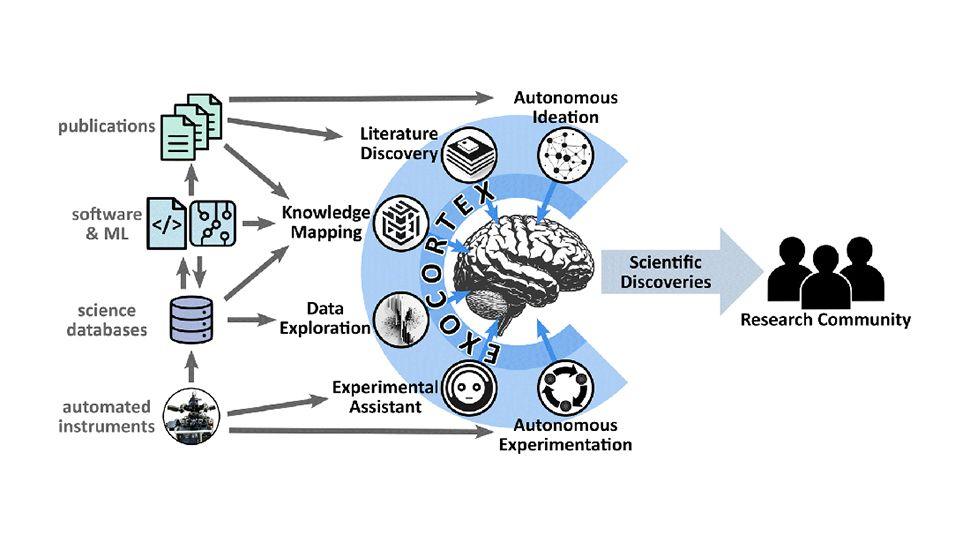- Researchers at the US Department of Energy exploring the concept of an “exocortex”
- It’s pitched as an extension of the scientist’s brain with a word-based hci
- It is unknown territory, as a member of the team expresses it
AI is already a big part of our lives that shape health care, transport, education, customer service, retail and creative industries, just to give a few examples.
Researchers at the US Ministry of Energy’s Brookhaven National Laboratory are currently exploring the concept of a scientific “exocortex”, the integration of artificial intelligence with human cognitive abilities, seen as an extension of the scientist’s brain.
The idea is to increase researchers’ cognitive abilities by creating a bridge between the human mind and a network of AI agents.
Kevin Yager, Electronic Nanomaterials Group leader at the Center for Functional Nanomaterials (CFN), detailed the idea in Digital discovery. The proposed exocortex is certainly ambitious to its extent and aims to streamline specific research tasks through a swarm of inter -communicating agents.
Each AI agent will specialize in specific tasks – whether to deal with scientific literature, orchestrate experiments or data synthesis – and their collective behavior could offer a synergy that significantly expands the cognitive reach of human scientists.
Exocortex could also help scientific inspiration and imagination by leaning into hallucinations.
As Yager explains: “Although hallucinations are generally undesirable, their existence is inherent and there is a balance between hallucinations and creativity. In other words, a certain amount of hallucinations are desirable to increase creativity and communication. More generally, evaluations of LLM creativity indicate on that they can generate output that are non-trivially new and useful to humans. ”
This vision is not without its challenges, naturally enough, and will require further progress in AI, especially with regard to reliability and efficiency across very technical domains.
Yager says: “Research is required to determine how to best utilize LLMs to generate agent modules that can perform tasks autonomously (over short time scales) by itering on a problem.”
The development of a seamless word-based human-computer interface (HCI) will also be necessary to make these interactions feel like natural extensions of the human thought process.
While still in a speculative stage, the concept of an exocortex feels like a natural development for AI.
As Yager says, “Interaction between a swarm of AI agents – each responsible for intelligent dissemination of access to a number of research capabilities – and a human researcher should lead to the emergence of improved human capabilities. By expanding the research’s intelligence to exocortex, it can The researcher accomplishes more as they are able to intuitively and seamlessly merge countless physical, computational and cognitive systems into their intellectual work. ”
In an article regarding Tech XploreWritten by some of his colleagues, Yager sends out an invitation to weapons and says, “We go into uncharted territory with enormous potential benefits for nanoscience and beyond. But no person can do it alone. We need a community.”



